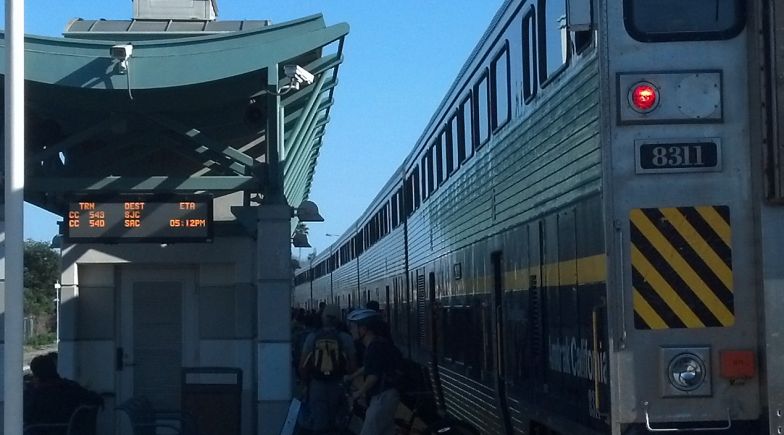Steer is part of a consulting team that is developing the 2018 State Rail Plan. Our responsibilities include support for the concept development, data analysis for purposes of ridership analysis and development of a ridership market analysis tool that is used to evaluate high-level ridership impacts of proposed service plan concepts.
How we helped
Steer is providing analyses and conversions of data that translate high-level strategic service plan definitions (“netgraphs”) into data that can be coded into the ridership market analysis tool (RMAT).
The model framework methodology that Steer developed reflects station and transfer conditions as well as the proposed connectivity between different rail services and local access modes. The market analysis tool that Steer developed is based on detailed model input data from a traditional demand model, but uses the impedances and demand information to estimate rail market shares and ridership potentials using a streamlined process. The tool is able to differentiate between coordinated and un-coordinated schedules, and is sensitive to changes in service frequencies, reductions in travel-time and changes to travel times in competing air and car travel.
The analysis compares base year and outer year ridership for existing and proposed service plan concepts and is being utilized to gauge whether the supply and demand in various corridors are aligned or if there is the need to adjust services to achieve a balanced condition. The output of the assignment process is also being utilized in benefit-cost evaluations of the various proposed concepts.
Successes and outcomes
Findings and summaries of the analyses have been presented to a diverse group of rail operators and rail planning agencies within the state to receive feedback and build consensus for the final vision of the state rail plan.



